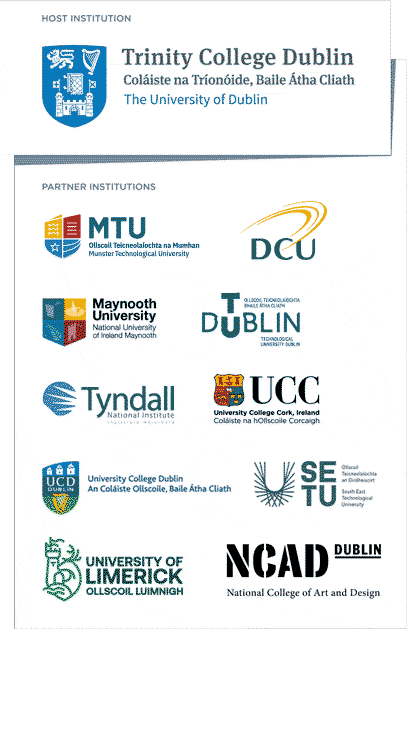Title: A 52-67GHz Ultra-Compact Bi-directional Gate-switching Cascode Amplifier with Tri-coil Broadband Matching in 40-nm CMOS
Authors: Haoyang Jia, Yanjie Wang, and Anding Zhu
Conference: 2023 IEEE Custom Integrated Circuits Conference (CICC)
What is this paper all about?
In the modern fifth-generation (5G) wireless communication system, millimeter wave communication technology has become an emerging trend, and much work has been done to develop improved data transmission speed and enhance communication bandwidth. However, the current millimeter communication architecture has a limited coverage area, resulting in a large number of transceivers being implemented to attain stable and reliable data transmission. In order to reduce the costs of base stations, transceiver technology in wireless communication is necessary to decrease chip area for both cost saving and performance improvement.
What have you discovered?
In our paper, we proposed a new ultra-compact bi-directional cascode amplifier architecture for wireless communication systems. The conventional wireless system architecture consists of a transmitting chain and a receiving chain, which includes T/R switches, multiple filters, multiple amplifiers, and others. Using the proposed ultra-compact bi-directional cascode amplifier, only one bidirectional channel is needed, which includes only half of the conventional blocks. Thus, the chip area and manufacturing costs are cut in half. In addition, this bidirectional architecture is achieved with a large operating bandwidth, enabling ultra-high throughout and date rates for better user experience.
So what?
The proposed amplifier architecture opened the door for the real bidirectional wireless communication system. It demonstrates the potential to develop a new-generation bidirectional 5G/6G wireless system. The next generation mm-wave or THz communication system needs more base stations to achieve full coverage area. Therefore, the bidirectional wireless communication system would be critical to reducing the infrastructure costs of the communication network.
CONNECT is the world leading Science Foundation Ireland Research Centre for Future Networks and Communications. CONNECT is funded under the Science Foundation Ireland Research Centres Programme and is co-funded under the European Regional Development Fund. We engage with over 35 companies including large multinationals, SMEs and start-ups. CONNECT brings together world-class expertise from ten Irish academic institutes to create a one-stop-shop for telecommunications research, development and innovation.
Paper HighlightResearch Highlights


